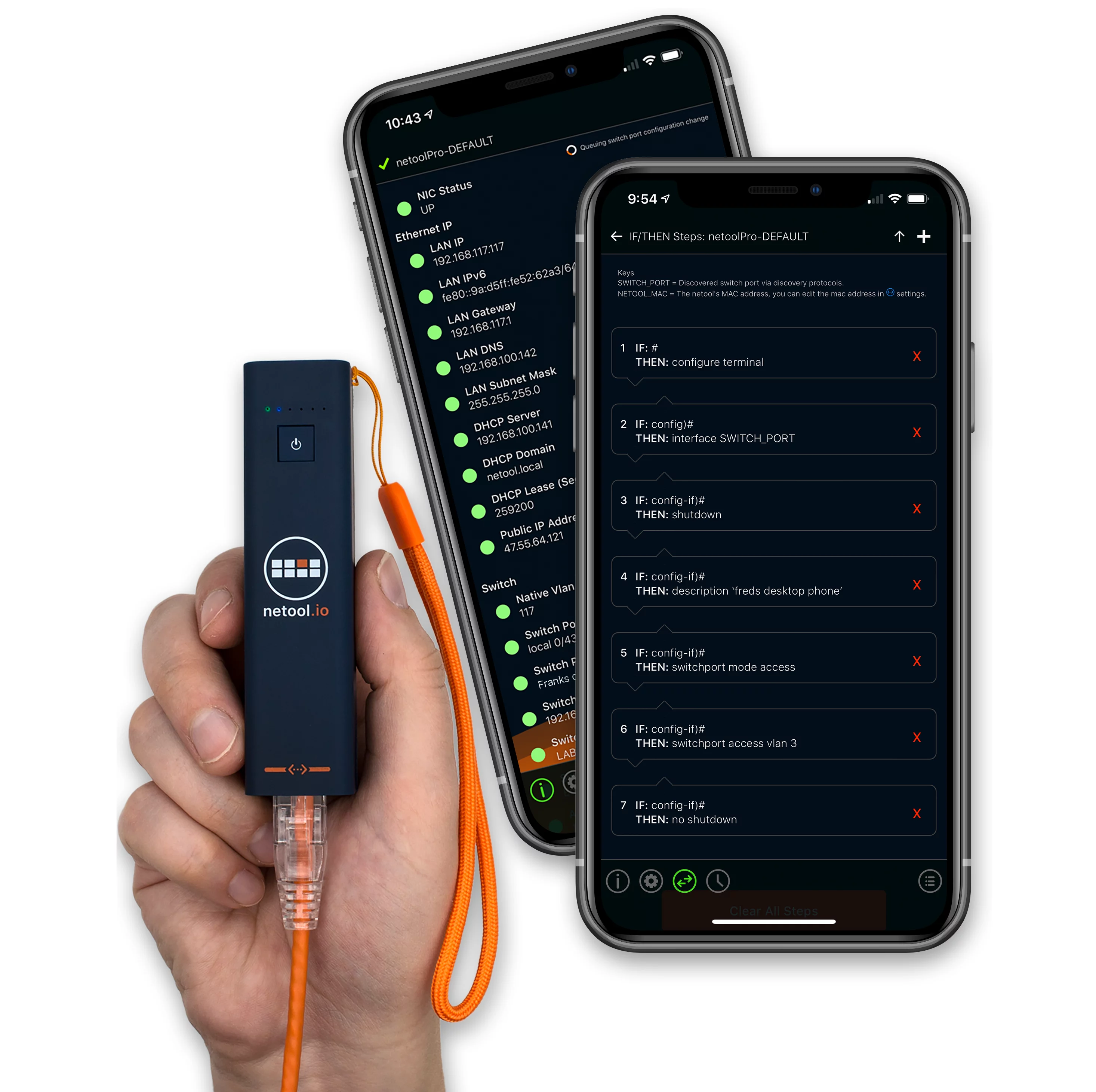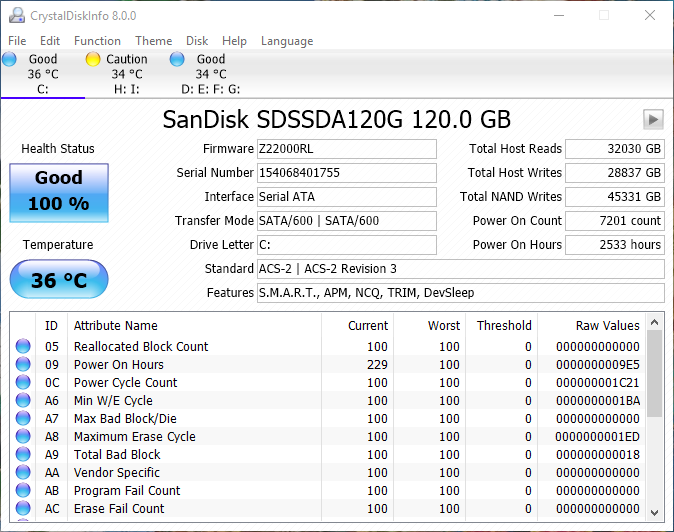

- #WD DRIVE UTILITIES DIAGNOSTICS HOW TO#
- #WD DRIVE UTILITIES DIAGNOSTICS INSTALL#
- #WD DRIVE UTILITIES DIAGNOSTICS FULL#
- #WD DRIVE UTILITIES DIAGNOSTICS SOFTWARE#
Going to try and install pfSense now.ĮDIT: No dice. It would be nicer if it would specifically mention what the error(s) are/were. There were media errors that were within the repair capabilities of diagnostic utility. "ERRORS FOUND - THE DRIVE HAS BEEN REPAIRED." According to on the error code: "Errors found, but have been repaired successfully. Ran the WD Data Lifeguard (DLG) from Ultimate Boot CD v5.0.2 and found nothing on Quick test, but found something on Extended test, repaired it and gave error code of 0223. Did several high-level formats and still no dice. ViVard and GSmartControl for Quick/Extended/Conveyance tests came out clean and error-free. For older devices, it may be time to consider a new computer.New Western Digital Blue 160GB IDE HDD and I can't install pfSense on this drive. You could buy a new hard drive and install it in your current computer, which is ideal if your device is still fairly new, such as one or two years. As someone who lost a week-long project due to a sudden drive failure, keep those important files backed up in real time. If you’re trying to get the last bit of life out of your drive, make sure you’re saving any open files regularly to an external drive or a cloud-based storage service.
#WD DRIVE UTILITIES DIAGNOSTICS FULL#
If you can create a full disk image, you likely won’t have to worry about this though. To make it easier to make the transition easier from an old drive to a new one, create a list of everything you need to install along with any product keys.
#WD DRIVE UTILITIES DIAGNOSTICS SOFTWARE#
Make a list of all installed software and product keys.The drive may not last long enough to do a full disk image. If your hard drive is already having major issues, start by backing up what’s most important. A few things you should do the moment you realize your hard drive is failing include: Of course, if the results of any of the checks above are less than positive, don’t wait until tomorrow – take action immediately. Choose “Run as administrator” under “Command Prompt.”.You can use this tool to both check disk health and fix bad sectors and errors if possible. It’ll both scan and fix problems (if possible) and will let you know if there is a bigger problem that it can’t fix.

It also helps check hard disk health by showing you any errors. The Windows CHKDSK tool is a built-in Windows tool that will scan your hard disk to find system errors and bad sectors. To help you out, the following are links to the relevant download pages of some of the biggest hard drive brands:Įach of these tools functions a little differently, but most importantly, each one has diagnostic features that let you test your hard drive health.Īlso read: 9 Things You Must Do When Running an SSD in Windows 4. After that, go to the manufacturer’s support page and search for its hard drive utility.Type the model number into Google to bring up results that will show you the make of the hard drive.Choose “Defragment and Optimize Drives” from the results.Open “Search” by pressing on the magnifying mirror icon in the Task Bar and typing “disk defrag.”.You can do this using the defrag tool built into Windows. If you feel like your non-SSD hard drive is slowing down, then you should check to see how fragmented it is. SSDs work a little differently, and while they never need defragmentation (because fragmentation relates to where the data is physically stored on the drive, which isn’t a factor on SSD), they do sometimes need optimizing. Traditional SATA hard drives may have largely made way for much faster solid-state drives, but they’re still very popular and remain an affordable way to store things like pictures, videos and other non-strenuous file types.
#WD DRIVE UTILITIES DIAGNOSTICS HOW TO#
On Dell and HP laptops, you should be able to check hard drive health by going to the BIOS and looking for “Diagnostics.”Īlso read: How to Fix “This Setting Is Managed by Your Administrator” in Windows 2.

The BIOS is also a good place to see whether the hard drive you want to check is actually being detected by your PC/motherboard.


 0 kommentar(er)
0 kommentar(er)
